Introduction
Earned media is dead. At least, that’s what many marketers would have you believe. They claim the rise of social media and paid advertising has made it obsolete. But is that really the case? The truth is earned media is more powerful than ever. It’s the credibility that ads can’t buy. In this guide, we’ll explore how earned media can elevate your brand, build trust, and drive engagement. Let’s dive into the earned media strategy that makes earned media an essential part of modern marketing.
Types of Earned Media
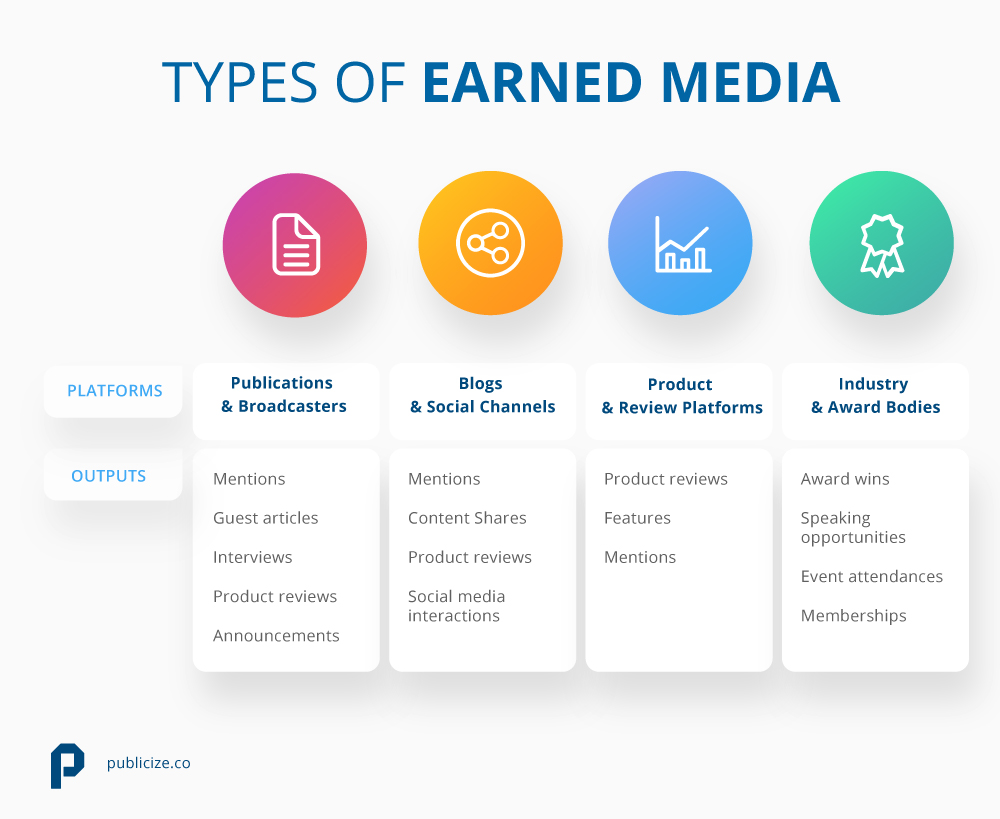
Understanding the different types of earned media is crucial for harnessing its full potential. Each type offers unique benefits and can significantly impact your brand's visibility and credibility.
Social Media Mentions: When a popular influencer tweets about your product, it’s a form of earned media examples. These mentions can quickly spread, reaching a wide audience without any cost to you.
Media Coverage: Getting featured in a major news outlet can skyrocket your brand's reputation. Think about the impact of a positive review in The New York Times or a feature on a leading TV show.
Customer Reviews: Customer reviews on platforms like Yelp or Amazon can greatly influence potential buyers. A series of five-star reviews can make your product the go-to choice in a crowded market.
Blog Posts and Articles: When a blogger writes about your service, it adds credibility. A detailed article about your product on a popular blog can drive significant traffic and sales.
Word of Mouth: The most organic form of earned media, word of mouth, happens when customers share their positive experiences with friends and family. This can create a ripple effect, spreading your brand’s name far and wide.
Benefits of Earned Media
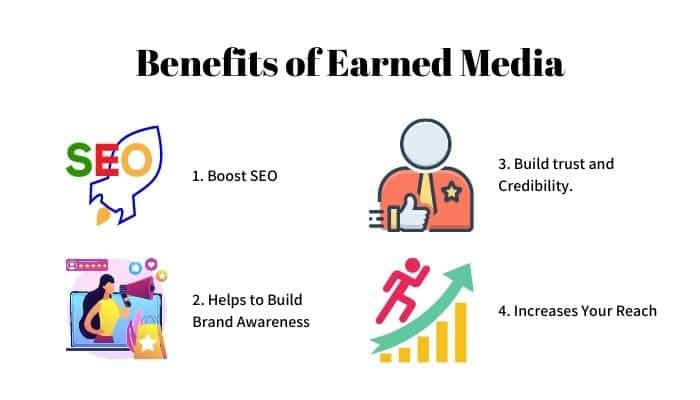
Understanding the benefits of earned media value can help you leverage its power to boost your brand. Each benefit contributes to your overall marketing strategy, enhancing your brand’s presence and impact.
Increased Credibility
Third-party endorsements boost trust.
Customers view media coverage and reviews as more reliable than ads.
A feature in a reputable news outlet or blog enhances your brand's authenticity.
Cost-Effectiveness
No direct costs are involved in gaining earned media value.
Relies on organic reach through mentions, reviews, and shares.
Maximizes your marketing budget by reducing spend on paid ads.
Wider Reach
Social media mentions can go viral, reaching a vast audience.
Media coverage exposes your brand to new demographics.
Word of mouth spreads organically, often leading to exponential growth.
Enhanced SEO
High-quality backlinks from reputable sites improve your search rankings.
Positive reviews and mentions increase your online visibility.
Blog posts and articles about your brand drive traffic to your website, boosting your SEO efforts.
How to Earn Media Coverage
Earning media coverage requires a well-rounded strategy that includes content creation, relationship building, and engagement. Additionally, measuring the impact of earned media strategy is crucial to understanding its effectiveness.
Creating High-Quality Content
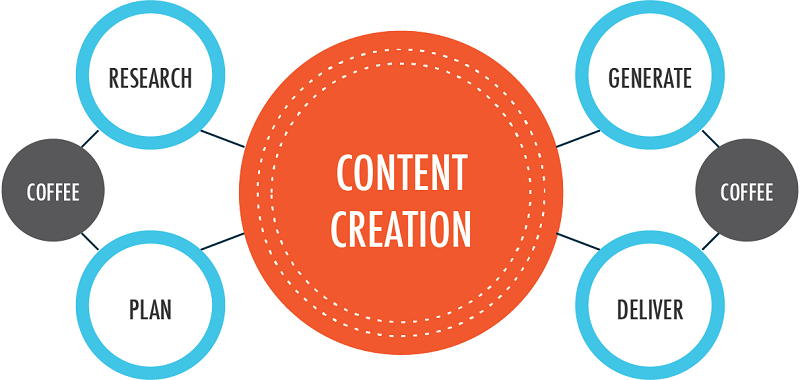
Produce engaging blog posts, videos, and infographics.
Content that is informative and visually appealing attracts shares.
A detailed guide or insightful article can be picked up by industry publications, increasing your brand’s visibility.
Building Relationships with Journalists and Influencers
Reach out to journalists with personalized and relevant pitches.
Offer exclusive insights or stories that align with their interests.
Influencers who trust your brand will likely share your content, boosting your audience reach.
Engaging on Social Media

Actively participate in conversations on platforms like Twitter and LinkedIn.
Share your content and engage with followers regularly.
Consistent interaction can lead to mentions and shares, generating earned media value.
Encouraging Customer Reviews
Request reviews from satisfied customers via email or social media.
Positive reviews on sites like Yelp or Google enhance your brand’s reputation.
Highlighting customer feedback can encourage others to share their experiences.
Leveraging User-Generated Content
Encourage customers to create content featuring your products or services.
Share user-generated content on your social media and website.
Authentic customer content acts as powerful earned media examples, building trust and credibility.
Suggested Reading:
POEM Model
Measuring the Impact of Earned Media
To measure the impact of earned media strategy, follow these:
Social Media Analytics
Track mentions, shares, and engagement metrics.
Analyze which content resonates most with your audience.
Website Traffic
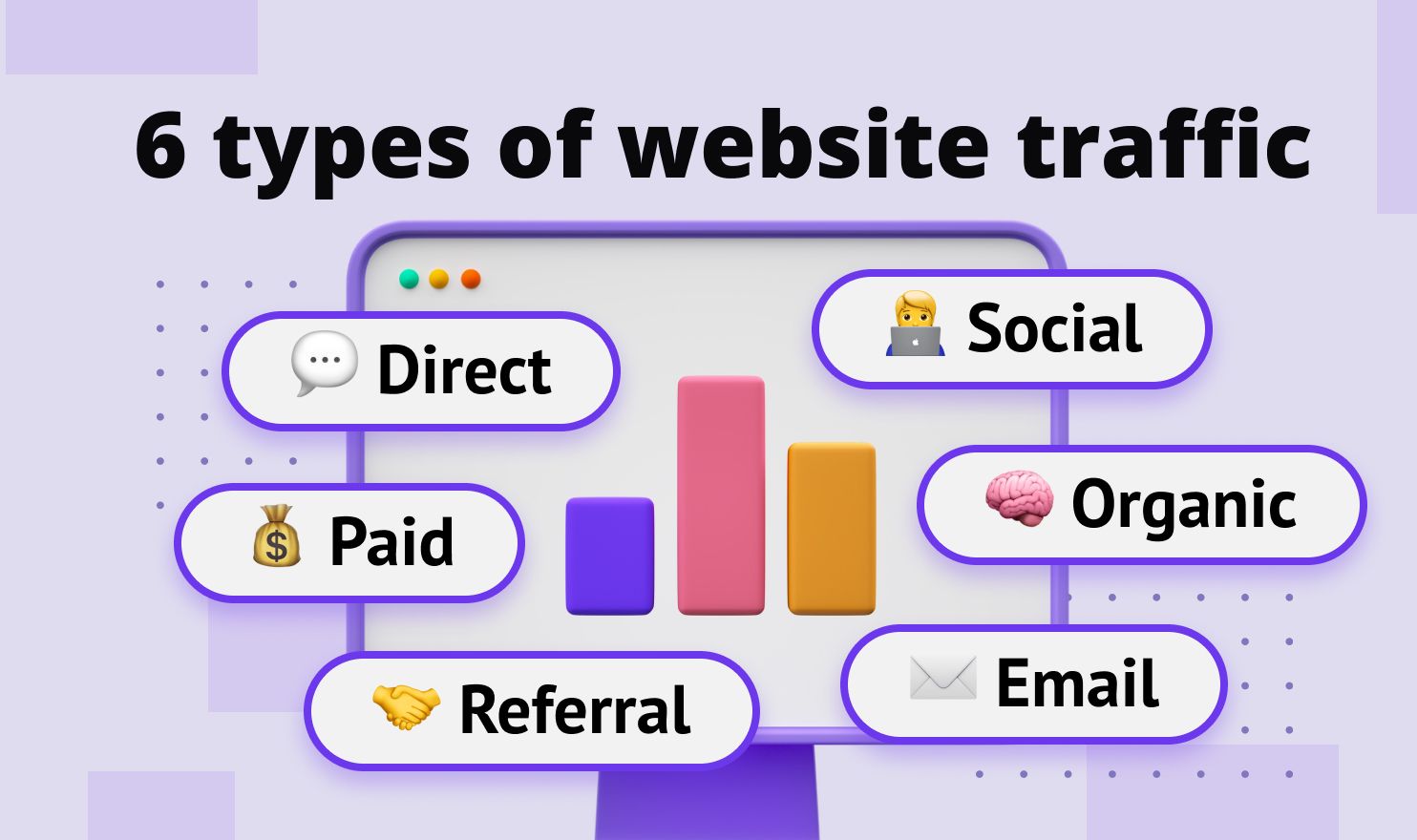
Monitor spikes in website traffic following media coverage.
Identify which sources are driving the most visitors.
Media Mentions
Track the number and quality of mentions in news outlets and blogs.
Assess the reach and influence of these mentions.
Conversion Rates
Measure how well earned media examples impact your conversion rates.
Determine if there is a correlation between media coverage and sales.
Customer Feedback
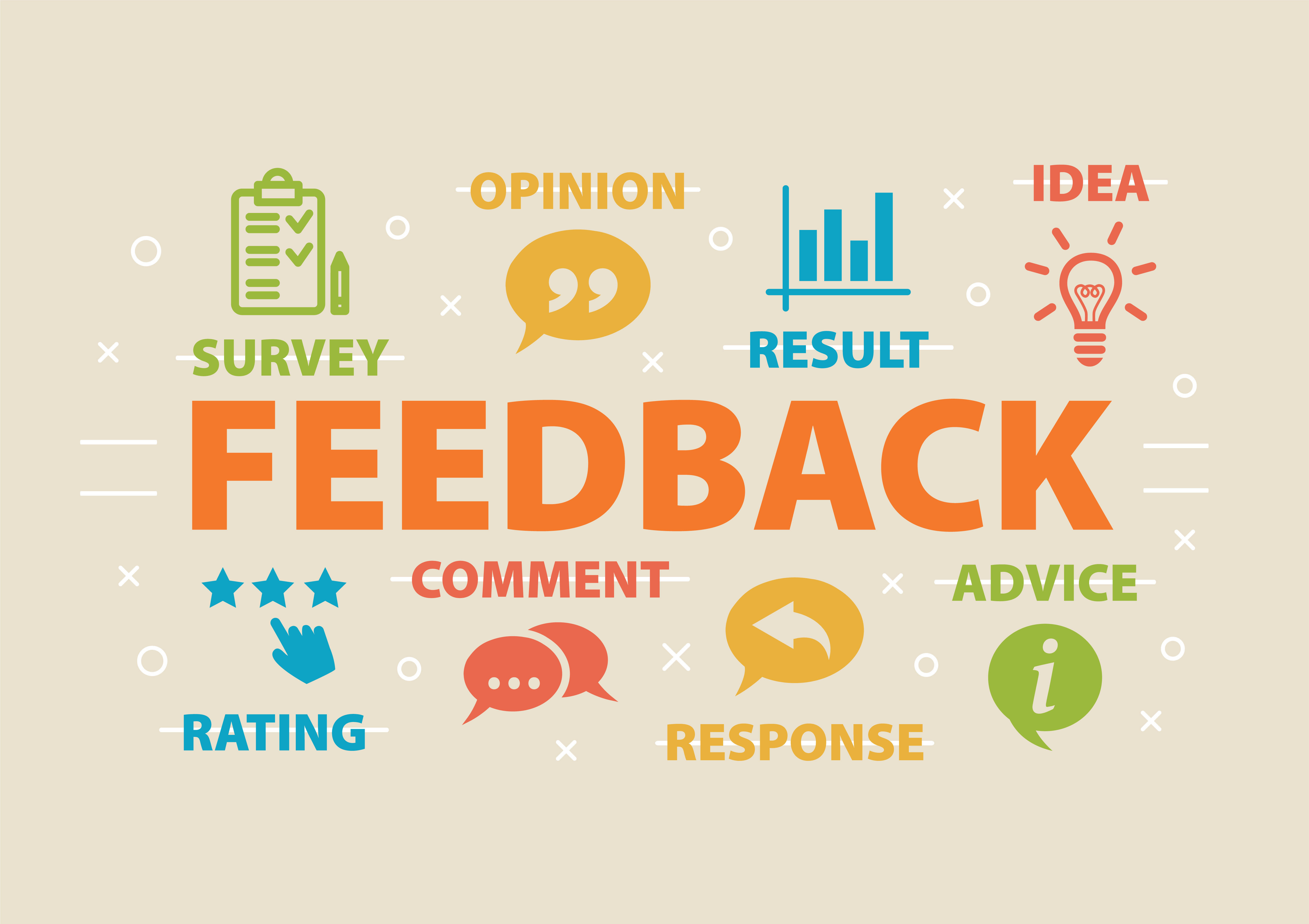
Gather feedback from customers on how they discovered your brand.
Use this information to refine your earned media strategy.
What is Difference Between Earned Media vs. Paid Media?
In this section, you’ll find the difference between earned media vs. paid media.
Earned Media
For the earned media vs. paid media, let’s first begin with earned media.
Definition
Free publicity is gained through promotional efforts.
Includes word-of-mouth, social media mentions, reviews, and news articles.
Benefits
Credibility: Often seen as more trustworthy since it comes from third-party sources.
Cost-Effective: No direct costs involved.
Organic Reach: Can spread widely through shares and recommendations.
Challenges
Control: Limited control over the message.
Unpredictability: Difficult to plan and guarantee coverage.
Management: Requires active monitoring and engagement.
Paid Media
Now that you have seen about earned media in the earned media vs. paid media, its time for paid media.
Definition
Advertising that involves paying for space or time.
Includes digital ads, TV commercials, sponsored posts, and print ads.
Benefits
Control: Complete control over the content and placement.
Targeting: Ability to reach specific audiences with precision.
Scalability: Can be scaled up or down based on budget.
Challenges
Cost: Can be expensive, especially for extensive campaigns.
Trust Issues: May be perceived as less credible since it’s paid for.
Ad Fatigue: Overexposure can lead to the audience ignoring the ads.
Frequently Asked Questions (FAQs)
Why is earned media important?
Earned media strategy builds credibility and trust, as it comes from third-party sources. It often leads to higher engagement and conversion rates compared to paid media.
How can a brand generate earned media?
Brands can follow earned media strategy to generate shareable content, engage with customers, encourage reviews, and build relationships with influencers and journalists.
What is the difference between earned, owned, and paid media?
Earned media is organic publicity, owned media is content controlled by the brand (e.g., websites, blogs), and paid media involves paid promotions like ads..
What role does social media play in earned media?
Social media amplifies earned media by facilitating shares, mentions, and discussions, helping content reach a wider audience organically.
